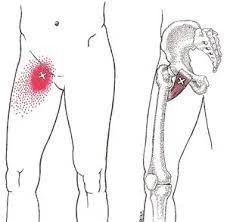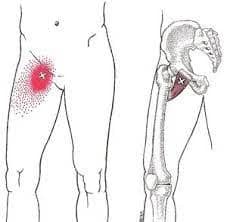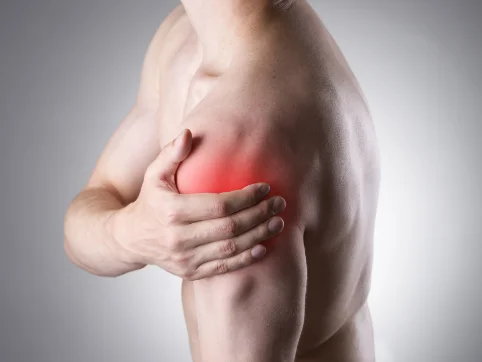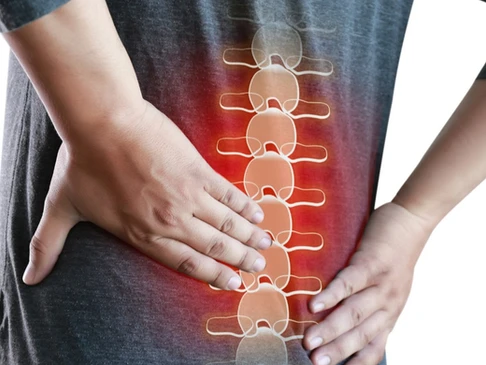Sports hernias and groin pain account for around 5% of the athletic injuries in American Health care. If we consider that the term athletic often does not refer to “an injury that happens while moving with athletic intention’, it becomes clear that many semi regular movers and sports hobbyists have that may experience groin pain and discomfort more often than this. While tissue damage and hernias are often associated with higher level movers and full-time athletes, more likely for the rest of us, soft tissue and myofascial pain is at play. Consider, for instance, the trigger point referral for pectineus, a muscle tucked deep in the groin area:

Movements like sprinting, jumping, or lunging can often lead to myofascial tension and pain here, especially when moving while not fully warmed up. If your pain is creating major inhibition in movement, has begun to create nerve pain down the leg, or has been around for an extended period time, a visit to your primary physician is in order. Otherwise, if your dealing with manageable but recurrent appearances of groin pain, engaging in regular stretching, bodywork, and functional rehab of the tissue can often do the trick.





